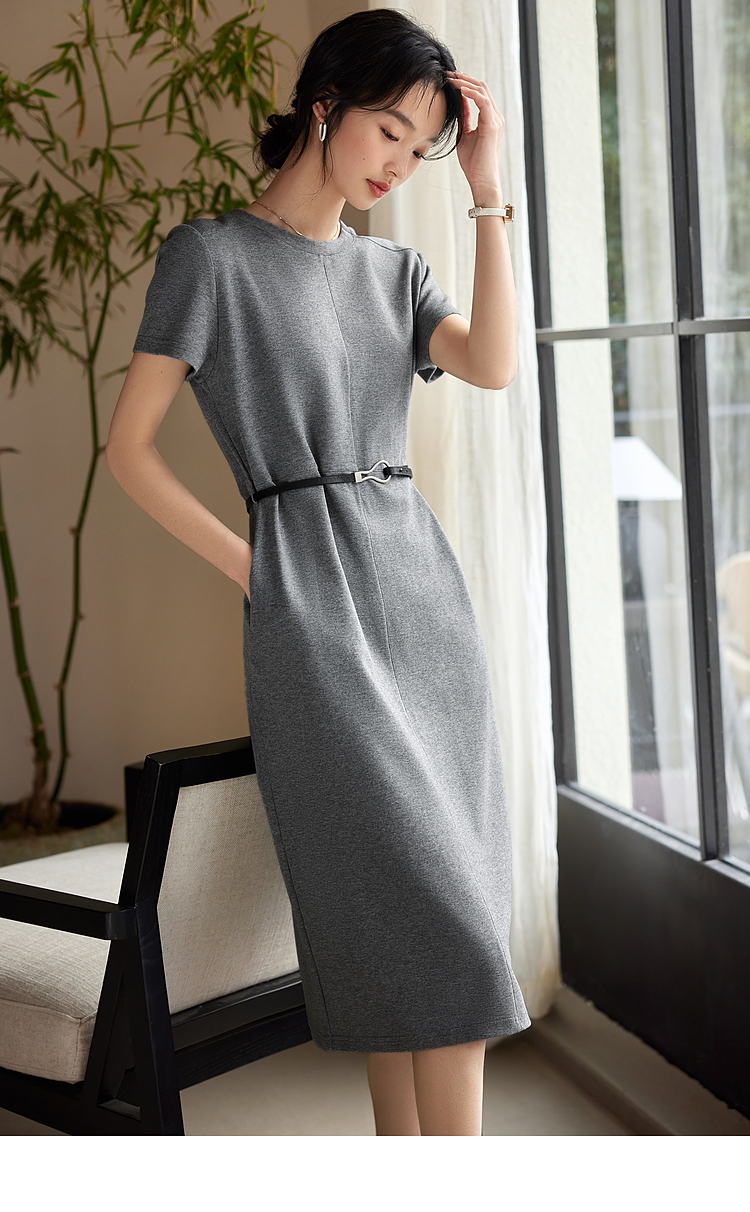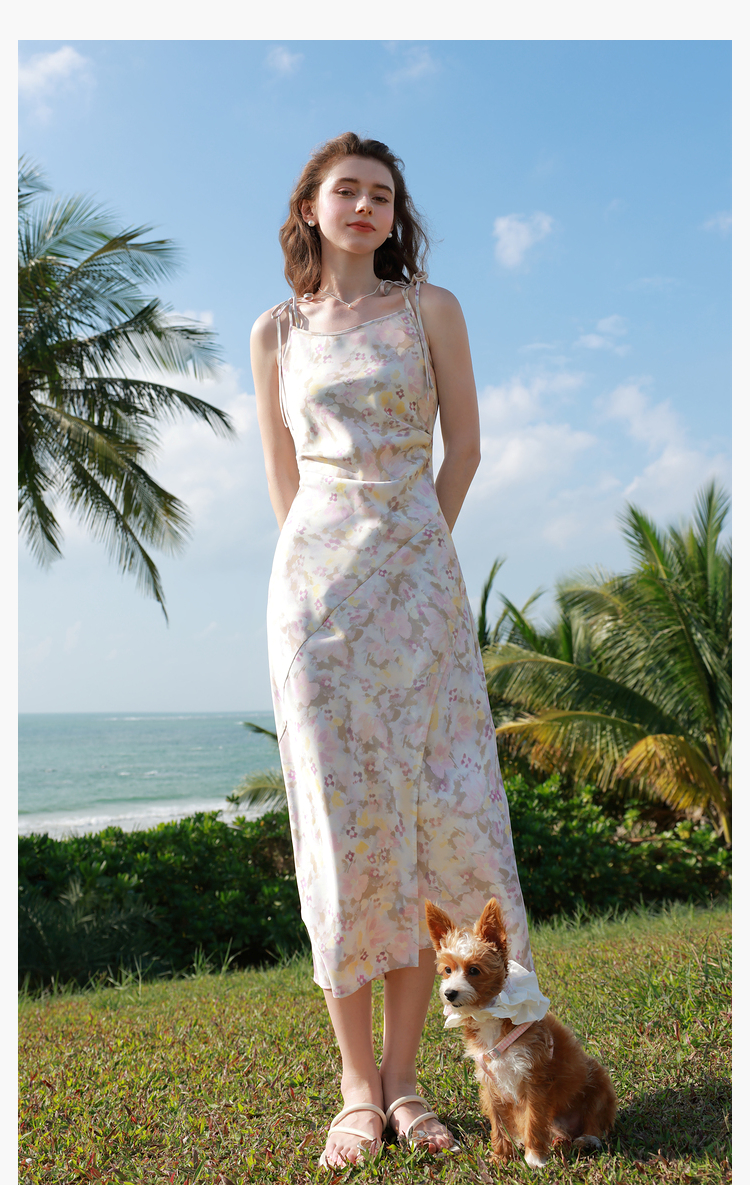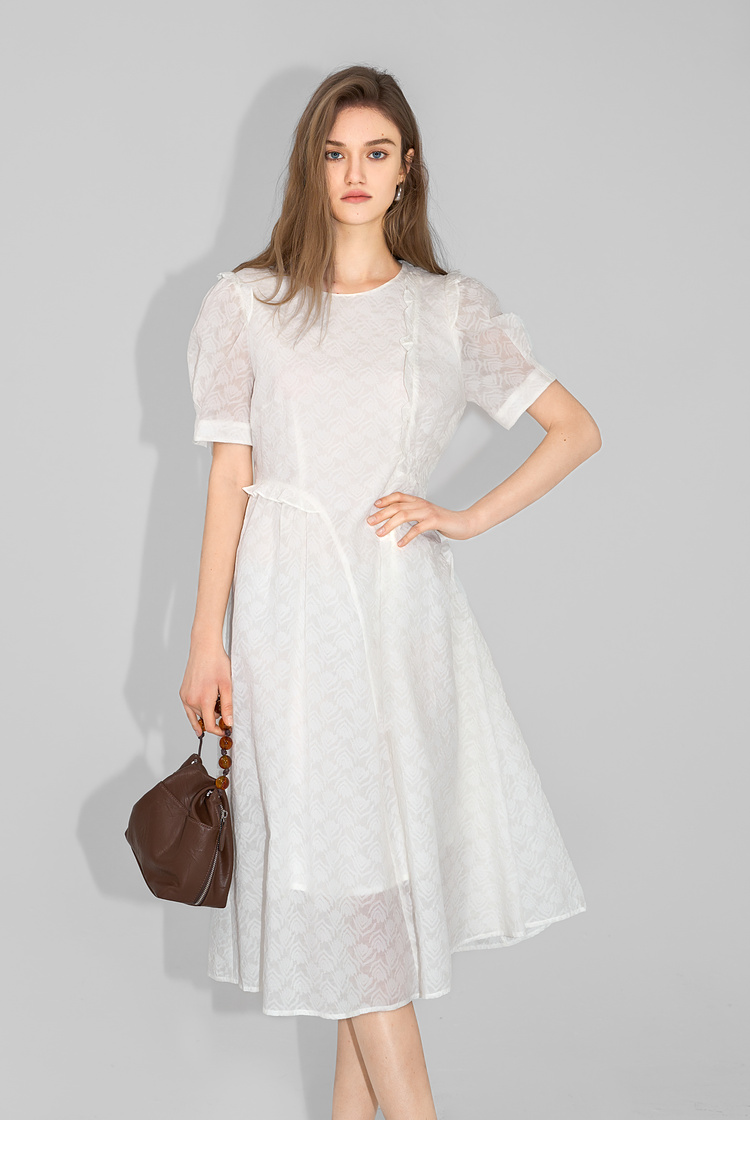A Journey Through Traditional Elegance and Modern Style
In the ever-evolving landscape of fashion, the qipao fabric stands as a testament to the enduring allure of tradition blended seamlessly with modern aesthetics. This iconic garment, with its roots in the 1920s Shanghai, has traversed time and space to become a symbol of elegance and cultural identity. Its transformation from a simple, loose-fitting dress to a figure-hugging silhouette is a journey worth exploring.
The Evolution of the Qipao
The qipao fabric has undergone a remarkable evolution. Initially, it was a traditional Manchu robe for women, but by the 20th century, it had been transformed by Shanghai’s fashion designers into a form-fitting dress that accentuated the female figure. This evolution was not only a response to Western influences but also a reflection of the changing social norms and women’s aspirations for freedom and expression. As stated by fashion historian Dong Li, “The qipao became a canvas for women to express their individuality and modernity.”
Cultural Significance and Symbolism
The qipao fabric is more than just a piece of clothing; it is a cultural artifact rich with symbolism. Each stitch, each pattern, tells a story of the past and present. The high collar, a traditional element, symbolizes dignity and pride, while the side slits reveal a subtle sensuality and a nod to the changing times. As renowned fashion designer Vivienne Tam once remarked, “The qipao is a perfect blend of tradition and modernity, a garment that speaks to the world.”
Modern Interpretations of the Qipao
Today, the qipao fabric is not just confined to traditional designs. Fashion designers around the globe have taken this classic and given it a contemporary twist. From incorporating modern fabrics like silk crepe and chiffon to adding unique embellishments and cuts, the qipao has been reimagined for the modern woman. This fusion of old and new is a testament to the fabric’s versatility and timelessness, as noted by fashion critic Suzy Menkes in her review of a recent fashion show.
The Qipao in Popular Culture
The qipao fabric has also made a significant impact in popular culture, gracing the silver screen in classic films such as “In the Mood for Love” directed by Wong Kar-wai. The qipao, worn by Maggie Cheung, became synonymous with the film’s moody atmosphere and the elegance of 1960s Hong Kong. This visual representation of the qipao has further solidified its status as a cultural icon.
Preserving the Heritage of the Qipao
As we celebrate the qipao fabric‘s journey, it is crucial to preserve its heritage. Fashion schools and cultural institutions are taking steps to educate the younger generation about the history and craftsmanship behind this iconic garment. By doing so, we ensure that the qipao continues to be a vibrant part of our cultural narrative.







As a middle-aged man, I appreciate the qipao fabric for its cultural significance. It’s not just a dress; it’s a story of women’s empowerment and social change in China.
I’m a cultural ambassador, and the qipao fabric is a powerful tool in promoting Chinese culture. Its elegance and historical significance make it a favorite among international audiences.
A fashion enthusiast from New York, I love how the qipao fabric has been embraced by global designers. It’s a testament to the garment’s universal appeal and timeless beauty.
The qipao fabric is a great gift idea. I bought one for my sister, and she loved it. It’s a meaningful and beautiful present.
The qipao fabric is a bit pricey, but I think it’s worth it for the craftsmanship and cultural significance. It’s an investment piece that I’ll cherish for years.
A high school student, I find the qipao fabric cool and trendy. The way it’s been adapted by modern designers makes it appealing to younger generations.
I’m a bit skeptical about the qipao fabric being a symbol of modernity. While it has certainly evolved, its core elements remain deeply traditional. I think it’s more accurate to say it’s a bridge between old and new, rather than purely modern.
I’m a historian, and I appreciate the cultural significance of the qipao fabric. Each stitch and pattern tells a story, and it’s wonderful to see how this garment has been preserved and reinterpreted over the years.
A fashion designer, I appreciate the qipao fabric for its versatility. It can be tailored to suit any body type and style preference, making it a designer’s dream.
As a young entrepreneur, I see the qipao fabric as a lucrative business opportunity. Its timeless appeal and cultural significance make it a sought-after item in the global market.
As a young professional, I find the qipao fabric empowering. Wearing it makes me feel connected to my roots and confident in my identity.
I’m a vintage clothing collector, and the qipao fabric is a prized possession in my collection. Its historical value and aesthetic appeal make it a timeless piece.
I’m a cultural anthropologist, and the qipao fabric is a rich subject of study. Its symbolism and cultural significance make it a valuable artifact in understanding Chinese society.
I’m a fashion historian, and the qipao fabric’s journey from a traditional robe to a modern dress is a fascinating study in fashion evolution. It’s a perfect example of how clothing can reflect societal changes.
As a man in his 50s, I admire the qipao fabric for its elegance and cultural pride. It’s a garment that speaks volumes about the wearer’s heritage and sophistication.